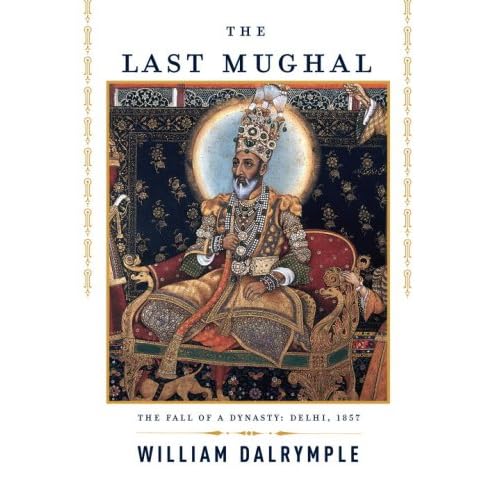
Loveless Love by Luigi Pirandello
‘The Sicilian writer, Luigi Pirandello (1867-1936) , is one of Italy's foremost literary figures. A teacher, translator and Professor at an Italian University, his biggest contribution was to theatre, challenging conventional dramatic Naturalism, and paving the way for playwrights such as Brecht and Beckett.’ He was most famous for his play, Six Characters In Search of an Author, and was awarded the Nobel Prize for Literature in 1934 ’ (J.G.Nichols)
Loveless Love is a collection of three remarkable, but slightly chilling, stories, all dealing with ‘sterile, frozen love’. In his Introduction, J.G. Nichols reminds us that Pirandello was more or less contemporary with Freud (1856-1939) and although there is no suggestion of any mutual influence, he notes that they were both involved in ideas and ways of thinking about ourselves which dominated intellectual life in their time and still continue to do so. ‘They are concerned with revealing the motives of human conduct, and not only the motives which we hide from others, but also those which remain hidden from ourselves.’
While Freud's purpose was to heal his patients by formulating theories which he hoped would clarify some of their hidden motivations, Pirandello, being an artist rather than a psychiatrist, is not concerned with theory but presents his characters in concrete situations; he just shows us what happens and what is said. It is worth noting that a great deal of the narrative is delivered through dialogue, anticipating the plays which are now considered to have been Pirandello's greatest achievement.
The question implicit in all Pirandello's stories is: What is love? His answers come in different forms, but none of them make love sound conventionally rosy. His characters are not much swept off their feet by pure, irrational passion - there are always underlying currents and motivations, usually destructive.
In The Wave, a young, well-to-do man regularly rents out part of his property and makes a habit of flirting and falling in love with his female tenants, but never with serious intentions towards them. His contracts with his tenants are only for one year so he always has an easy way out of any involvement. This situation only changes when one of his female tenants proves totally indifferent to his advances because she is in love with someone else. When she is jilted, he first falls in love with her misfortune and finally is in love with what he regards as his triumph over his former rival. In the end, the pleasure he hopes to gain from this somewhat perverse form of devotion is undermined; marriage, and especially pregnancy, have deprived his wife of her youthful beauty. ‘Her condition did not allow him to achieve a complete victory, since by this stage [she] could perhaps no longer inspire in that man [i.e.his rival] the torments of jealous love.’
In A Friend to the Wives, a woman attracts advances, then repels them, so that eventually her would be suitors find wives elsewhere. Why she is so determined to reject all aspiring lovers is never made explicit, but having done so she then deliberately sets out to prove herself to be such a capable and accomplished woman, befriending the new husbands and wives in every possible way, that the husbands fall in love with her, or rather with the unattainable ideal which she represents. But her own underlying motives can only be guessed at: what is she in love with? With power? With the desire for revenge? With being loved?
These are not comfortable stories. J.G.Nichols sums them up as ‘ bleak narratives of mistakes and frustrations.’ He goes on as follows: ‘Why then are they so enjoyable? The answer is, I think, that, even if we cannot know ourselves, we are still creatures with an irresistible urge to know, and we even enjoy getting to know that we cannot know. Pirandello's birthplace was Cavusu, which in Sicilian means "chaos". It is a kind of chaos of which he writes, but his way of doing so is both controlled and calm. We can enjoy in art what we would find unbearable in life.’










